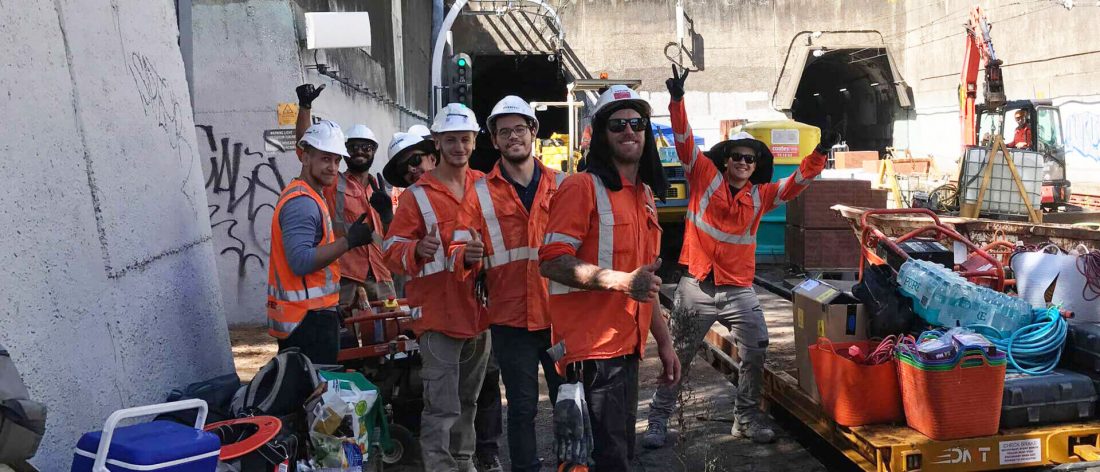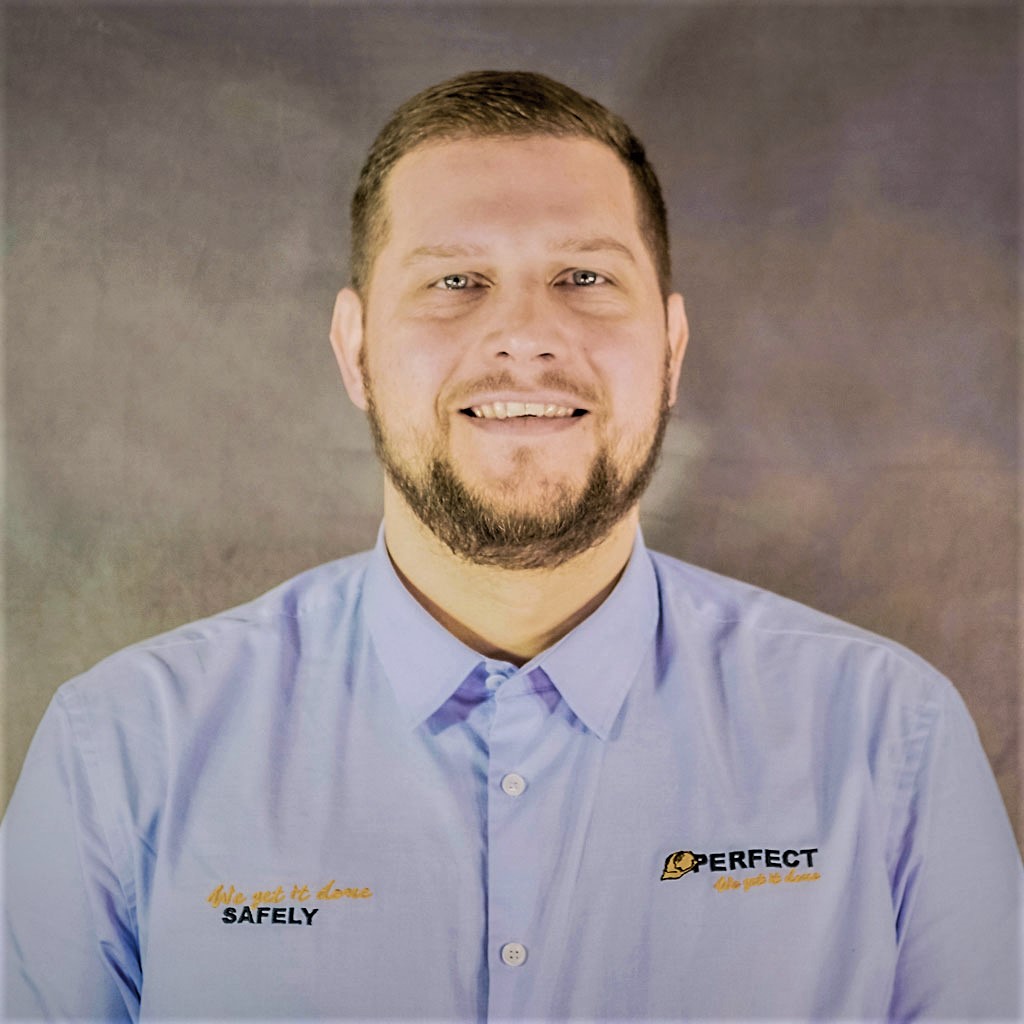The Complete Guide on Moving to Australia to Work in Construction
- magda

by Daniel Green
Australia has a long history of immigration. Each successive wave brought motivated foreigners hungry for a fresh start, with many of them ending up working in construction. However, these days migrating to Australia can be notoriously tough. We know because Perfect has helped foreign construction professionals find work here since 2009.
The internet is full of information – some good and some not so good – aimed at helping foreigners understand the routes to emigrate here. It ranges from spectacular to downright wrong. In response, we’ve created this guide. We have written documents in plain English that you can refer back to it at any time. If you think it’s worthwhile you can pass it along to other immigrants.
So grab a coffee, sit back and relax. We’re about to explain it all.
Will There Be Construction Work For Me If I Move To Australia?
Yes. Similar to overseas countries, construction in Australia ranges from small residential jobs to building skyscrapers in our capital cities and everything in between. If you haven’t worked in construction before your options are obviously fewer. However, there are businesses that will give you a chance. Perfect is one of them because we understand that everybody has to start somewhere.
What Does Construction Work Look Like in Australia?
Strict government safety standards heavily regulate our construction industry. There are minimum requirements for working on construction sites and many practices that are allowed overseas are forbidden here.
To even walk onto a construction site requires special safety clothing called Personal Protective Equipment [PPE]. This consists of steel-capped boots, long pants, a high visibility shirt [hi-vis], a hard hat, eye protection, and ear protection. This is usually at your cost. Although, some employers will give you some or all of your Personal Protective Equipment.
Because Australia has such a huge focus on safety, many practices that are customary overseas are not approved of here. For example, if you want to operate machinery you will need to pass training courses at a special school. Then, If you pass the training, they will give you a qualification that you have to present should someone request it. Another example is if there is a chemical spill on a contribution site then the authorities must be alerted. One more example – if you want to work with a crane operator you must do training to become what we call a dogman.
These differences exist to raise safety standards so that we all go home at the end of the work day.
Do I Need To Do Any Training To Work In Construction?
Yes. In Australia, you need a qualification to do anything specialised. In fact, you need to complete some training just to enter a construction site. The course gives an introduction to working in construction and is aptly named: General Construction Induction Card. It’s a one-day course, costs approximately $110 AUD, and details safety issues you may encounter while at work. Without it, you cannot work in the construction industry. This regulation is enforced through the need to present your White Card at every construction site you enter. You will always need to carry it.
If you wish to do more than dig holes and carry the material you will need more training and qualifications [also called ‘tickets’]. The following courses are common in the construction industry.
- HR truck licence. You will need an Australian car licence for 2 years first.
- Excavator ticket.
- Elevated Work Platform tickets [there are two; one reaches more than 11m high and the other reaches less than 11m high].
- Asbestos removal ticket.
- Dogging or Rigging tickets.
- Forklift licence.
- Certificate II or Certificate III in Building and Construction
What About The Visas?
Which visa you can apply for will depend on two major factors;
- How long you plan on staying in Australia.
- What skills and qualifications do you already have.
Temporary Migration
Working Holiday Visa
If your aim is to visit Australia for a year or two, do some travel, do some work and then go home; the Working Holiday Visa is for you. You must be between 18 and 30 at the time of application and if you plan on staying for more than one year you will need to do regional work. This is also known as ‘fruit picking’ but in truth, you can do any work as long as it is in a regional location. Then, to qualify for a second year on the Work Holiday visa you need to do 3 months of regional work, and to qualify for the third year you need to do 6 months. There is no fourth year on a WHV.
There are two Working Holiday Visas, divided by country.
The 417 is for applicants with passports from Belgium, Republic of Cyprus, Canada, Finland, Denmark, France, Germany, Hong Kong, Special Administrative Region of the People’s Republic of China, Estonia, Republic of Korea, Republic of Ireland, The United Kingdom of Great Britain and Northern Ireland, Italy, Netherlands, Taiwan, Sweden, Norway, Malta, Japan.
The 462 is for applicants with passports from Argentina, Czech Republic, Austria, Chile, Greece, Ecuador, China, Hungary, Poland, Malaysia, Israel, Luxembourg, Portugal, San Marino, Indonesia, Slovak Republic, Singapore, Peru, Uruguay, Thailand, Vietnam, Turkey, Spain, United States America, and Slovenia.
Permanent Migration
If you plan on emigrating to Australia to become a citizen then there are more options but the difficulty increases.
Skilled Visa
All nations have skills shortages, Australia included. Our government can fill those shortages through immigration, so they make it attractive for certain professions to emigrate. All SV applicants must be between 18 and 50, have a good command of English and their profession must be on the Priority Migration Skilled Occupation List [PMSOL].
Construction occupations on the list are:
- Construction Project Manager.
- Surveyor.
- Civil Engineer.
- Geotechnical Engineer.
- Structural Engineer.
- Electrical Engineer.
- Mechanical Engineer.
- Mining Engineer [excluding petroleum].
There are four primary skilled visas for those on the PMSOL; 189, 190, 887, and 476.
189 Visa
The applicant must complete a skills test and an employer or family member sponsor them, or a state or territory government nominate them. You are immediately eligible for Medicare, you can sponsor your own family, you can travel in and out of Australia with no restrictions and you can live here indefinitely.
190 Visa
The applicant must complete a skills test and a state or territory government nominates them. You are immediately eligible for Medicare, you can sponsor your own family, you can travel in and out of Australia with no restrictions and you can live here indefinitely.
887 Visa
This is for applicants who have spent a period of time working in certain regional areas of Australia. It is a permanent work visa and can only be issued to those with temporary work visas. After 2-3 years on this visa, you can apply directly for citizenship.
476 Visa
This visa is specifically for engineers who wish to continue their studies here. You must be younger than 31 at the time of application, it is valid for 18 months, you must study an engineering discipline on the list and you can include your partner and/or children.
Employer-Sponsored Visa
As the name suggests, this visa is where an employer sponsors an employee, giving them full working rights. Because sponsorship is like a marriage, often this occurs after both parties get to know each other by working together. The catch is that you often have to be in Australia if you want a company to sponsor you. Many construction companies sponsor foreign workers to fill the skills shortages in their workforce.
Student Visa
Previously, there was a 40-hour per fortnight work restriction on student visa holders. Combined with the cost of study and living, this made it difficult for overseas students. Since the pandemic, this rule doesn’t exist anymore. Now there are no hourly restrictions! This means that you can work in construction on the days you’re not studying, leaving you enough money to get by.
Partner/Family Visa
If your partner or family is already in Australia and is on a visa that can sponsor you, then you can work in construction as soon as you land.
What Do I Do When I Arrive In Australia?
Once you’ve found accommodation, and have oriented yourself in your city of choice then you can begin your career in construction.
As we’ve mentioned, the first thing you’ll need is a White Card. Registered Training Organisations or RTO’s delivers this training. They are government-regulated businesses. You should be able to find them on Google.
Once you have your White Card you should kit yourself out in PPE. Hardware stores like Bunnings carry everything you need although specialist PPE stories like RSEA do as well. Some construction sites will not allow elastic-sided boots so it’s best to buy boots that lace up. Remember, they must be steel capped.
With your White Card and PPE sorted you can begin looking for work. One of the best construction jobs is labour hire. This is where you work for a business that sends you to other businesses to work. It’s a great role for experienced and inexperienced construction workers alike. It’s also a great choice for immigrants because you will see a lot of your new city in a very short time.
You can find a great labour hire company here.
Welcome and good luck!









